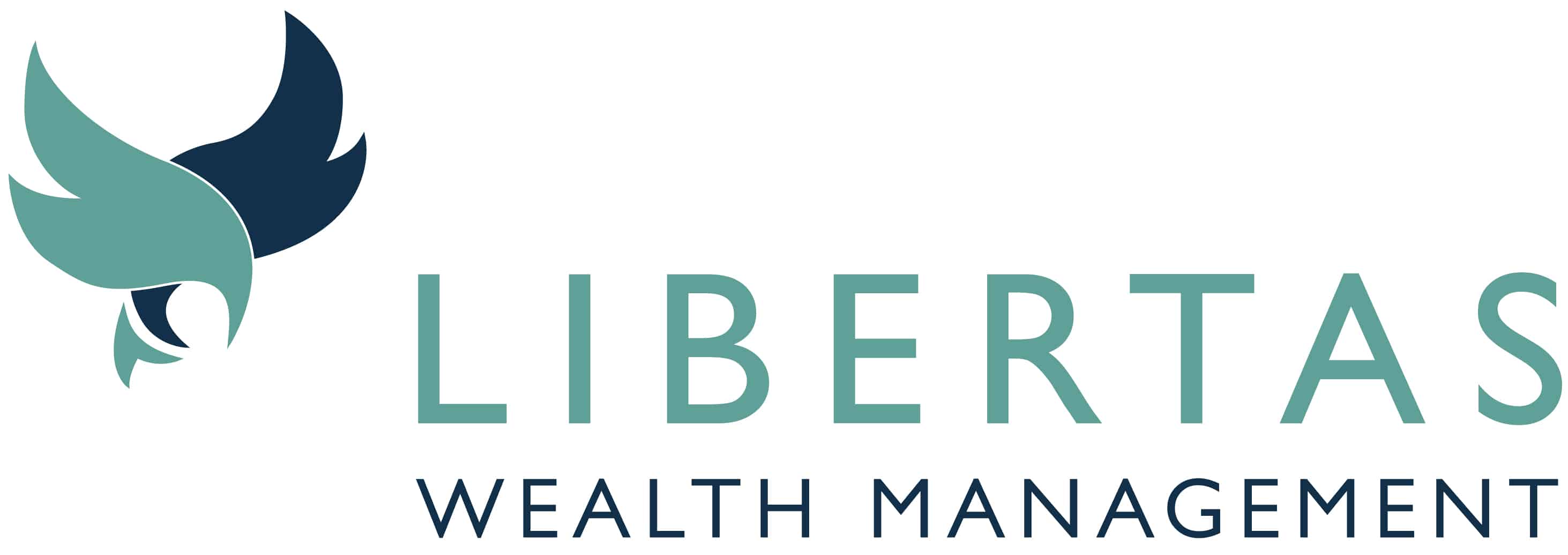Keeping focused on opportunities and challenges
Your wealth should work in all the ways you want it to. Whatever your goals are in life, careful planning and successful investing of your wealth can help you get there. Whatever stage of life you’re at, we’ll help navigate you through the opportunities and challenges you may face.
From the old adage of saving for a rainy day to planning a comfortable retirement, everybody has investment goals in their life. The starting point is to define exactly what you want to get out of your investments, set realistic targets and keep them on track. Goals-based investing places your goals right at the centre of the advice process.
Investment goals
Setting your specific investment goals will also keep you focused when you need it and enable you to build a portfolio of savings and investments to get you where you want to be. Investment strategies should include a combination of various investment and fund types in order to obtain a balanced approach to risk and return.
Maintaining a balanced approach is usually key to the chances of achieving your investment goals, while bearing in mind that at some point you will want access to your money. This makes it important to allow for flexibility in your planning.
Financial objectives
There are a variety of reasons why you might choose to invest. Some investment goals may be open-ended, while others may come with a specific deadline. As well as working out what your goals are, you also need to think about when you hope to achieve them.
These will typically range from building up a deposit for a property, or planning for your children’s future education expenses, to retirement planning. Managing these competing interests requires you to look at each of your financial objectives both individually and as a whole.
Life stages
With increased life expectancy, the goal posts for what is considered short, medium and long term is shifting, more so for younger individuals. This is because someone in their mid-20s today might spend 40 to 45 years working and then have 20 to 30 years in retirement. So those in their 20s and 30s may want to consider medium-term objectives to be between ten and 30 years, and long term as anything over 30 years.
Recognising when it is appropriate to invest and when it is better to save money in cash to meet your different goals is very important. In general, anything you’ll need money for in five years or less is seen as short term, while goals set five to ten years from now are considered mid term. Long-term goals are usually those for which you’ll need money in ten or more years.
Short-term goals
Short-term goals that you are aiming to achieve over the next one to five years, such as buying a new car or the next holiday, are better suited to cash savings. This is because investing in the stock market over short time frames exposes you to potential volatility, and if the market falls you will have little time to recoup any reductions in your money.
If you’re only saving or investing for a relatively short period of time, you need more certainty about how your savings and investments will perform, and for your money to be easily accessible.
Mid-term goals
Medium term refers to investments with a five and ten-year time horizon. So your goal is further away than a short-term investment, but it’s not in the distant future. Medium-term investment goals might include paying for a wedding, starting a business, paying for your children’s education, or something similar. With medium-term investments, you can afford to ride out some market volatility, which you can’t in a short-term investment.
You may also start introducing shares and bonds to your portfolio, as you’ll have more time to grow your investments and longer to recover from any downturns along the way.
Long-term goals
Long-term investments sit on the distant horizon, typically ten years away or more. It’s out of sight, but not entirely out of mind. A longer time horizon gives your money time to work, and time to enjoy the benefits of compounding. This is when you reinvest any returns, along with your initial investment, to generate further returns in future.
It also means you’re able to diversify your portfolio, including a mix of assets that offer a healthy blend of risk and return, and with sensible protection and varied exposure. Relatively speaking, time is on your side, so you should be able to ride out the volatility of the market.
Risk and return
When people talk about risk, they’re usually referring to market risk. Investing in the stock market can be volatile because of uncontrollable events like an economic downturn, political upheaval or a natural disaster that can cause large price swings.
Market risk varies depending on what you invest in. Emerging markets, for example, are considered riskier than developed markets. There are other risks to consider, such as currency risk (fluctuating exchange rates) and longevity risk (the risk that you’ll outlive your savings). No investment comes without risk, and there’s always the chance you could get back less than you invest.
As a rule of thumb, the more risk you take, the higher the potential return should be. While equities are seen as the highest-risk traditional investment, they have over the very long term delivered the strongest returns.
It’s important to think carefully about how much risk you’re comfortable taking on. If, for example, you’re close to retirement, you’ll want to avoid any big losses just before you take your money out.
Asset allocation is the term used to describe how you split your money between different investment types such as cash, shares, bonds, and property. There’s a huge choice of investments to choose from, so you need to understand the risks associated with each. We’ll help you understand your approach to investment risk and determine the appropriate asset allocation for your investment goals.
Disclaimer: The information provided in our website blogs is accurate and up-to-date at the time of writing. However, please be aware that legislative changes and updates may occur after the publication date, which could potentially impact the accuracy of the information provided. We encourage readers to verify the current status of laws, regulations, and guidelines relevant to their specific circumstances. We do not assume any responsibility for inaccuracies or omissions that may arise due to changes in legislation or other factors beyond our control.
If you would like any clarification, or have any questions, please get in touch.





